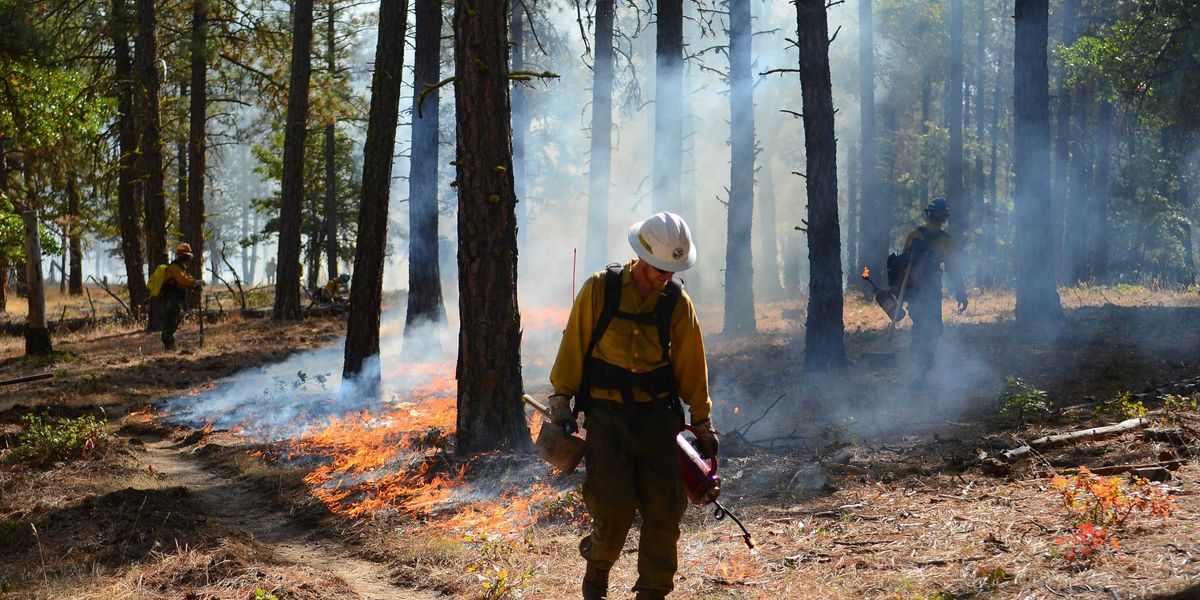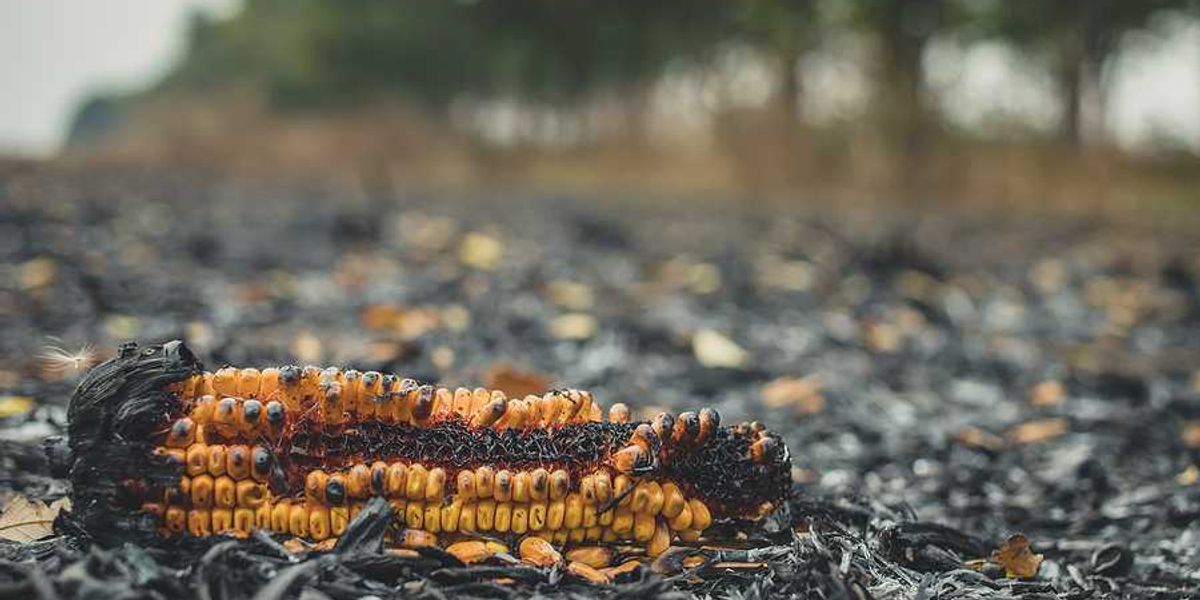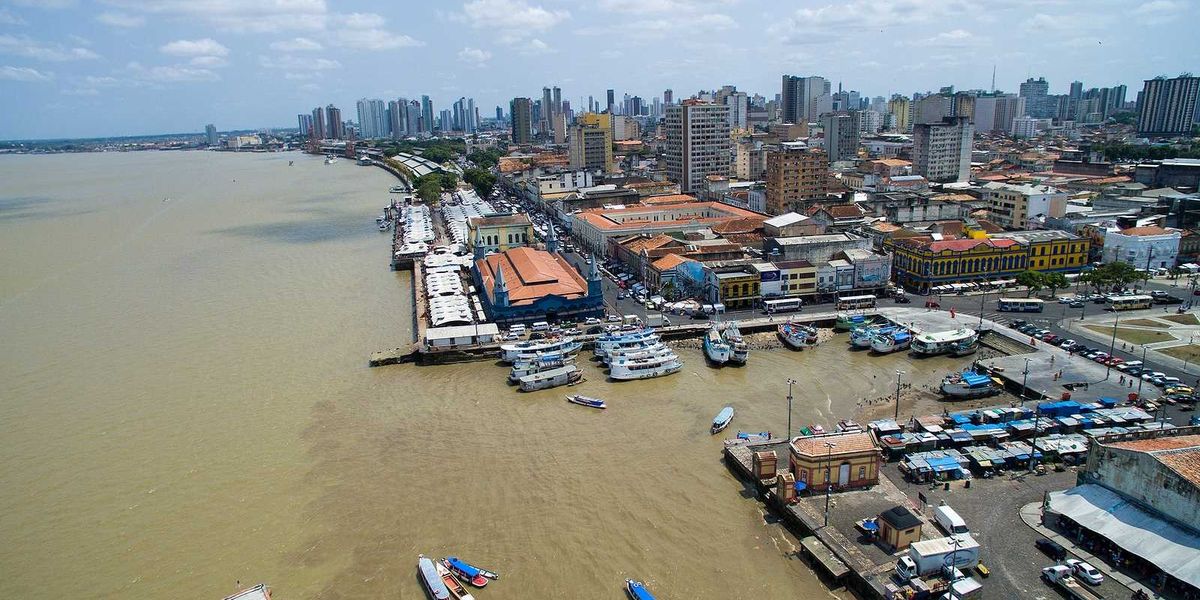'Out there rotting': Mountain Valley neighbors fear aging pipe
In a nutshell:
Mountain Valley pipeline developers purchased and stockpiled much of the necessary pipe even before the pipeline was legally permitted by the Federal Energy Regulatory Commission. In the ensuing years some of the unburied epoxy-coated sections have been scattered unprotected along the remaining pipeline route or stockpiled in storage yards. Concerned parties are sounding the alarm over the likely degradation of the corrosion-resistant coating while pipeline developers offer verbal assurance that safety will not be compromised.
Key quote:
“There’s pipe sitting out there rotting,” said Roberta Bondurant of Bent Mountain, near Roanoke, one of the most outspoken opponents of the project known as MVP. She called the current situation “a promise of random explosion … somewhere along the 300 miles of this ticking pipe bomb.”
Big picture:
The Mountain Valley pipeline lives up to its name as it traverses 303 miles of — you guessed it — mountains and valleys. The severe terrain and its accompanying geohazards add additional stressors to structural integrity and constitute a threat multiplier to a project that is already overdue, over budget and very much in a hurry. Corrosion failures, accompanied by ruptures, leaks, explosions and loss of life have figured in about 18% of pipeline accidents and as the MVP is fast-tracked towards completion by a developer with a checkered safety record, pipeline neighbors and opponents are not mollified and have vowed to continue the fight.













